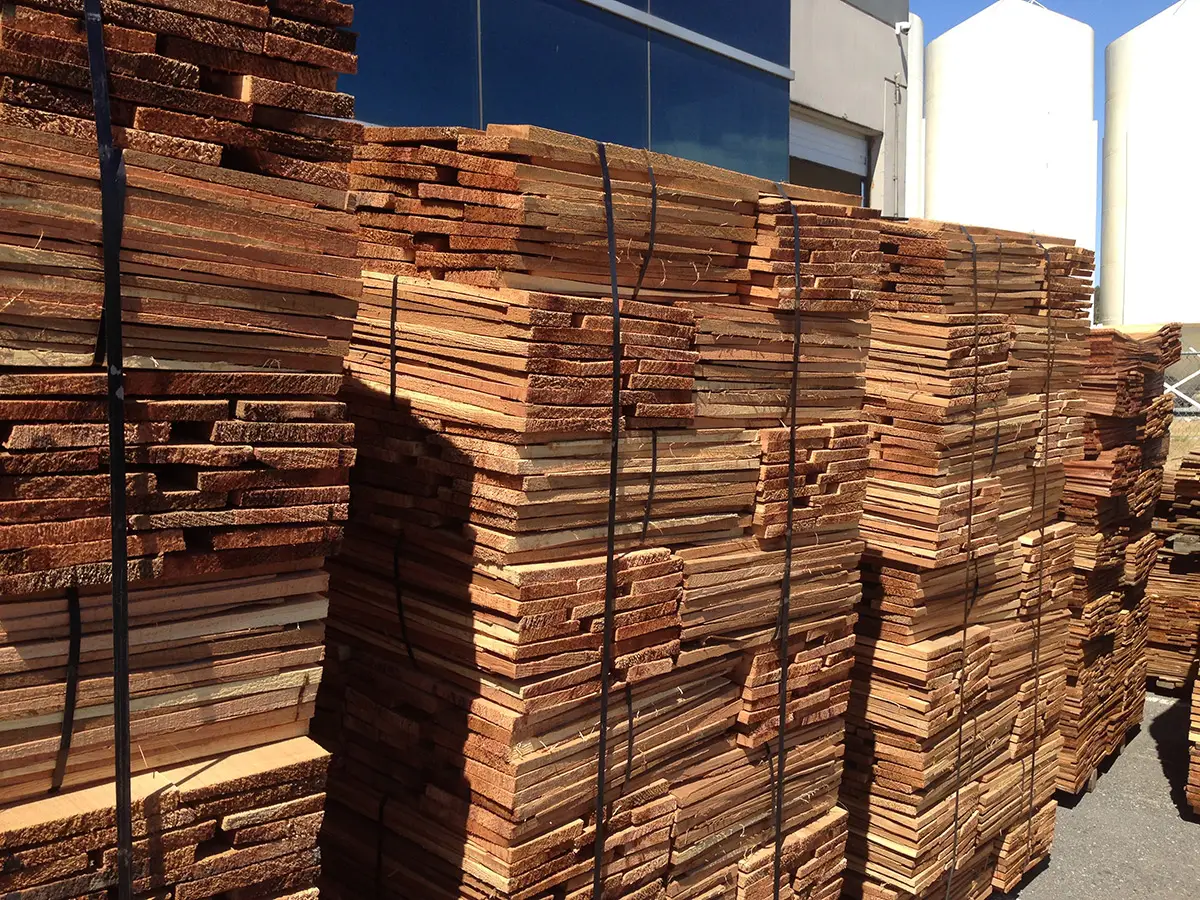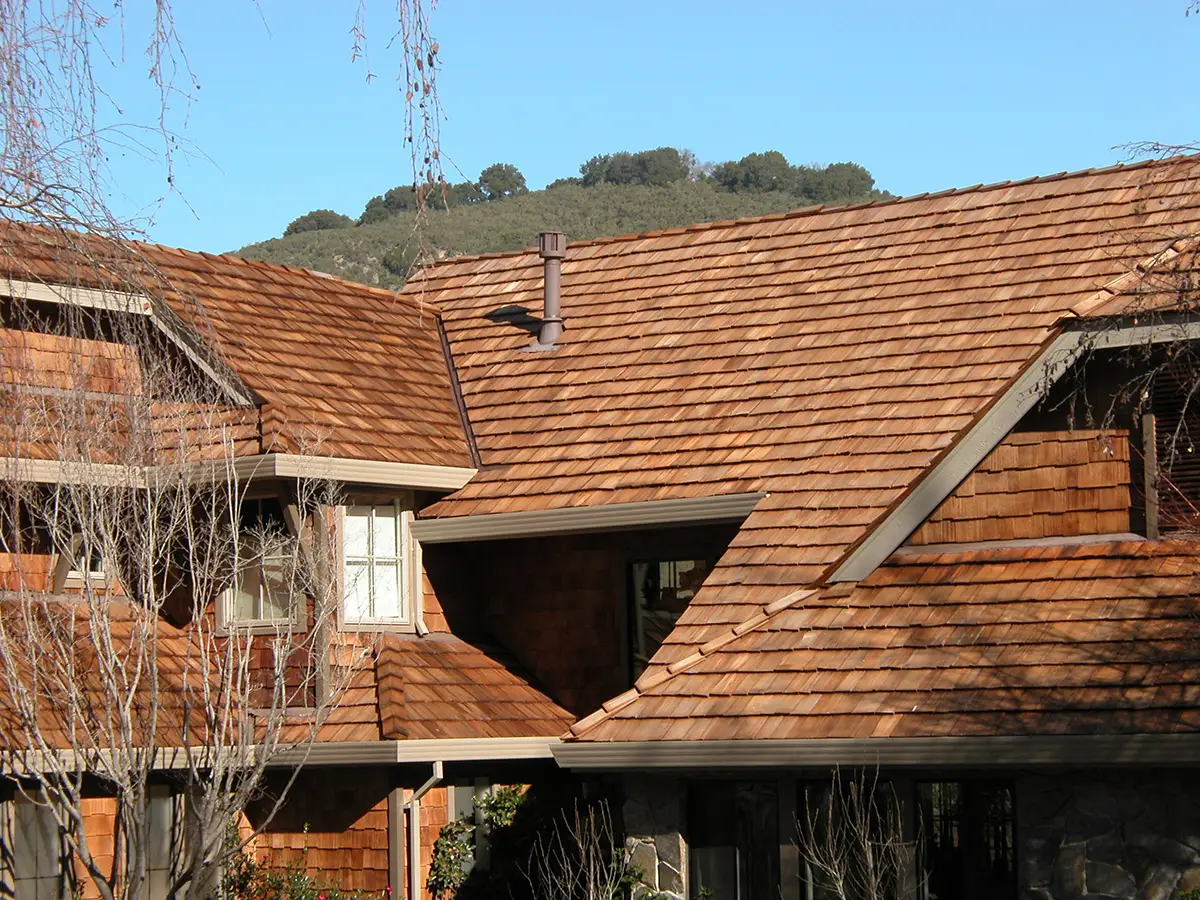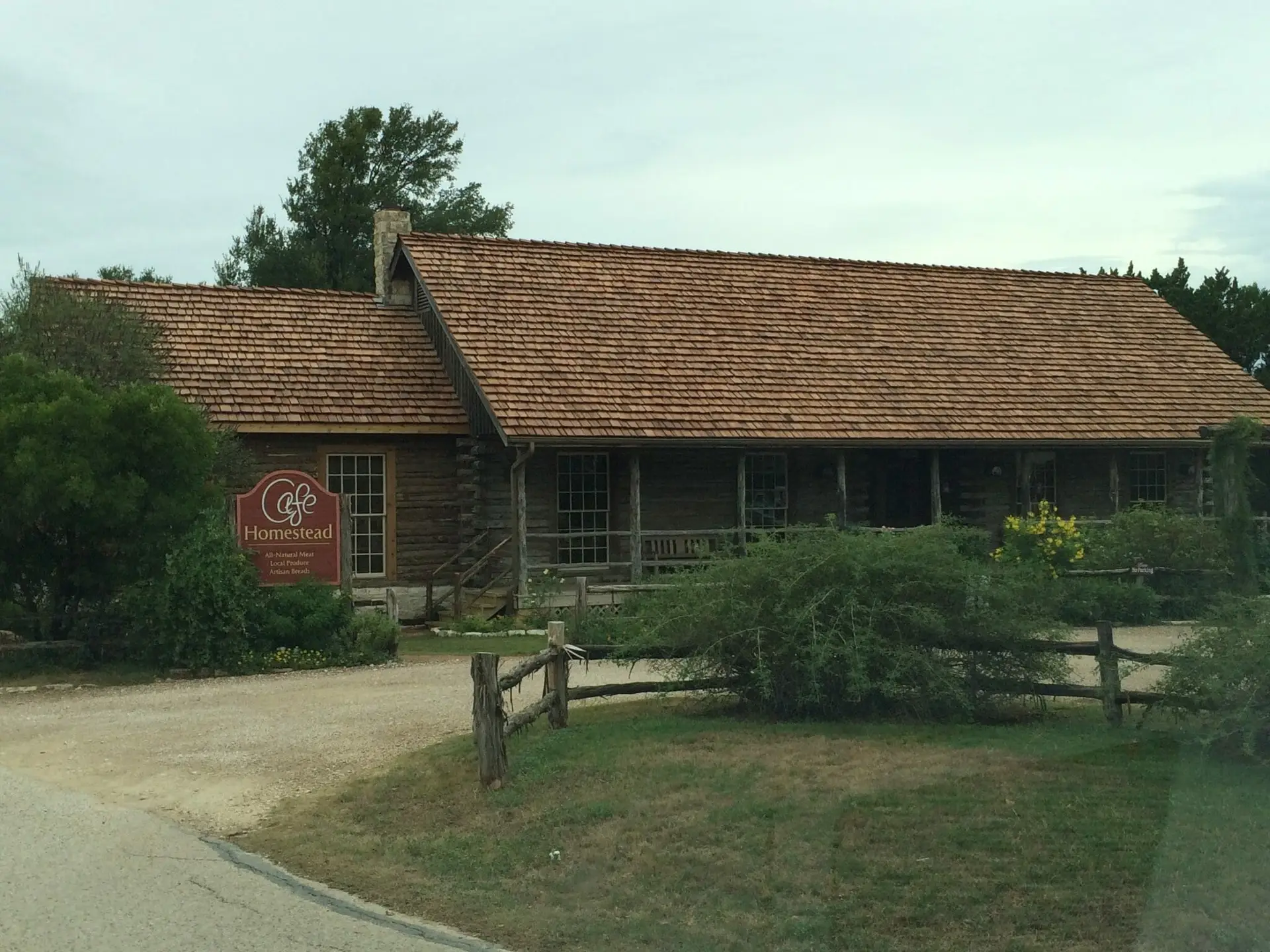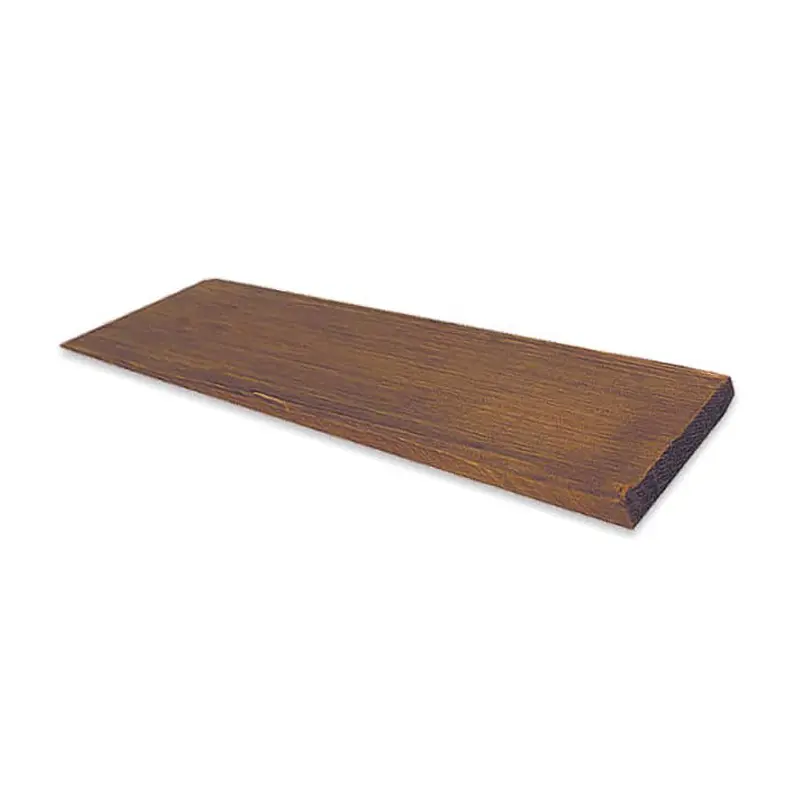24″ Hand Split Shakes Western Red Cedar
24in Western Red Cedar Hand Split Shake Shingles
24in Hand Split Shakes Western Red Cedar
Hand Split Shakes
24″ Hand Split Shakes Western Red Cedar | The warmth and beauty of a natural cedar shake goes beyond enhancing the appearance of your home. It reflects pride of ownership and most importantly,24″ Hand Split Shakes Western Red Cedar shows an intelligent sense of value. Cedar logs




